Buddy Ebsen
Buddy Ebsen was a hoofer-turned-actor who danced with Shirley Temple in the movies but achieved his greatest success on television as the folksy Clampett family patriarch on "The Beverly Hillbillies" and the analytical private detective "Barnaby Jones."
The lanky 6-foot-3 Ebsen first gained notoriety when he danced in films, such as "Captain January" (1936) with Shirley Temple and "Broadway Melody of 1938," with Judy Garland. But his notoriety took an unexpected twist when Ebsen became the answer to a trivia question: Who originally played the Tin Man in "The Wizard of Oz"? After nearly dying from inhaling the aluminum dust used in his makeup during 10 days of shooting, Ebsen was replaced by Jack Haley, whose Tin Man makeup was a more actor-friendly silver paste.
The loss of the role of a lifetime would not be Ebsen's doom. He was cast as George Russell in Disney's "Davy Crockett" series. But bigger success was on the horizon, for it was when Ebsen donned a tattered hat, a tan coat, bluejeans and a false mustache that he became a TV superstar as nouveau riche mountaineer Jed Clampett, who moved his family to the hills of Beverly. Although dismissed by critics, "The Beverly Hillbillies" was an immediate hit, soaring to No. 1 in the ratings shortly after its 1962 debut, running for nine years on CBS and making Ebsen a household name. Its popularity even inspired new words and phrases to the pop-culture lexicon, including "Cee-ment pond" and Jed's down-home catch phrase, which Ebsen signed his autographs with: "Wellll, doggies!"
Soaring among the stars was where audiences wanted to keep the likable Ebsen. In 1973, at age 65, Ebsen hit it big again as the star of "Barnaby Jones" when he portrayed a folksy detective alongside Lee Meriwether. His down-home charm appealed to fans who welcomed the understated detective into their homes for eight seasons. "It could be that I have an intimate personality," Ebsen said. "I think I communicated with the close-ups on television. There was some kind of a human kinship, I suppose."
But throughout his long acting career, Ebsen remained a dancer at heart. Well into his 90s, it took no prompting for the white-haired, gentlemanly Ebsen to break into a "shim-sham-shimmy," a simple shuffle-tap dance followed by outstretched arms and a shimmy: the traditional hoofers' hello.
Taught ballet by his father, the young Ebsen resisted at first, "because it was considered a little bit girlish to dance," he said. He changed his mind in the 1920s when the Charleston became the rage, and in time he learned to tap dance.
Ebsen arrived in New York City in 1928 with only $1.65 in his pocket and another $25 tucked into a sock. Within three months, he landed a job in the chorus of Florenz Ziegfeld's "Whoopee," starring Eddie Cantor. In 1930, Ebsen teamed with sister Vilma, who was performing in a small cafe in Atlantic City. Their lively dance routine, choreographed to the popular "Ain't Misbehavin'," was a smash. Among the audience was Walter Winchell, the nation's most influential columnist. A one-paragraph rave in Winchell's column the next day was enough to instantly lift the dancing Ebsens from obscurity to vaudeville and later to Broadway.
Related stars
|
|
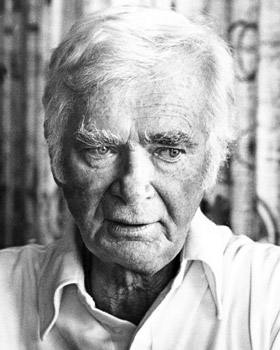
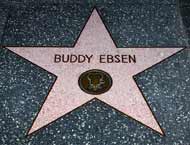
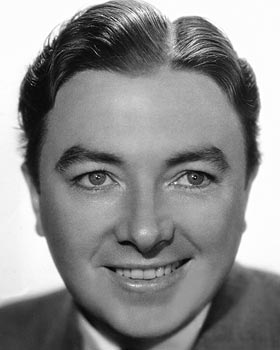
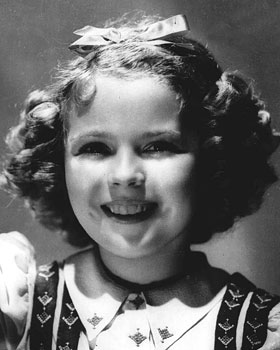
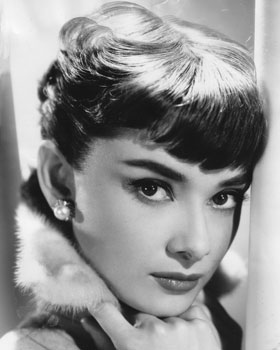
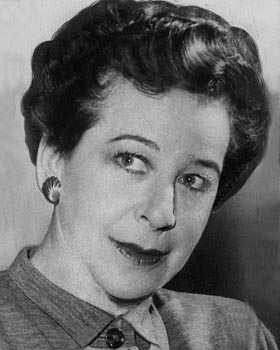
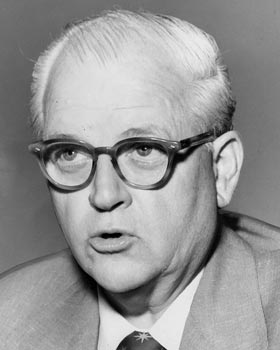
One thought about Buddy Ebsen
Share a thought about Buddy Ebsen